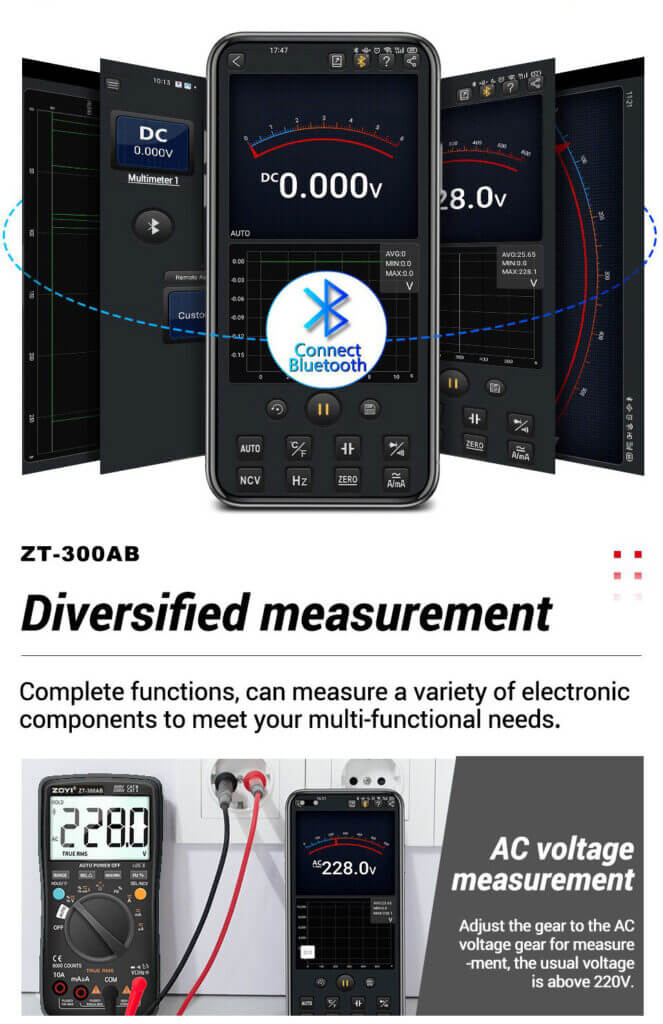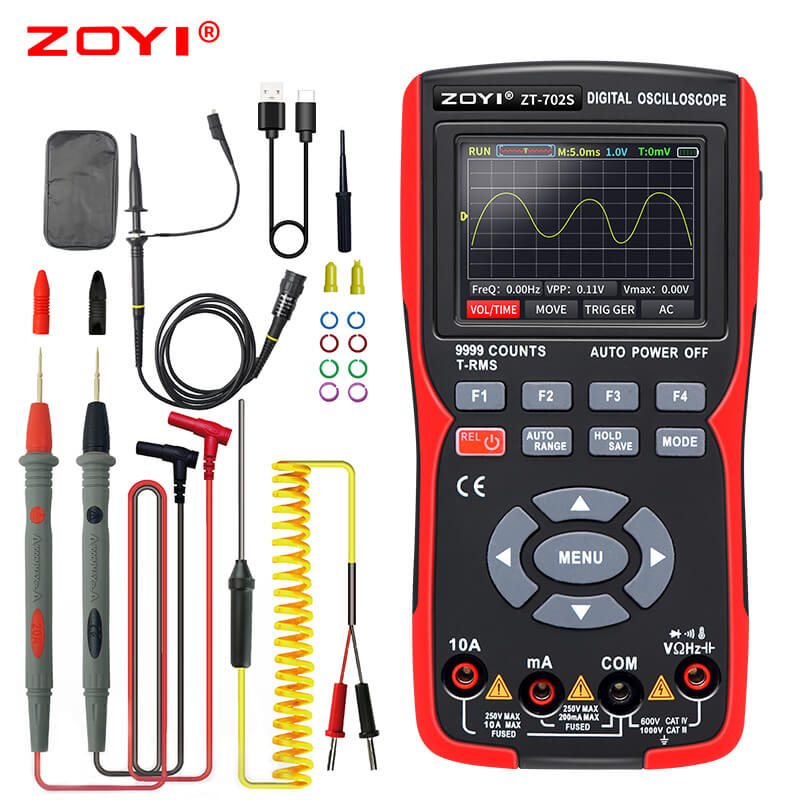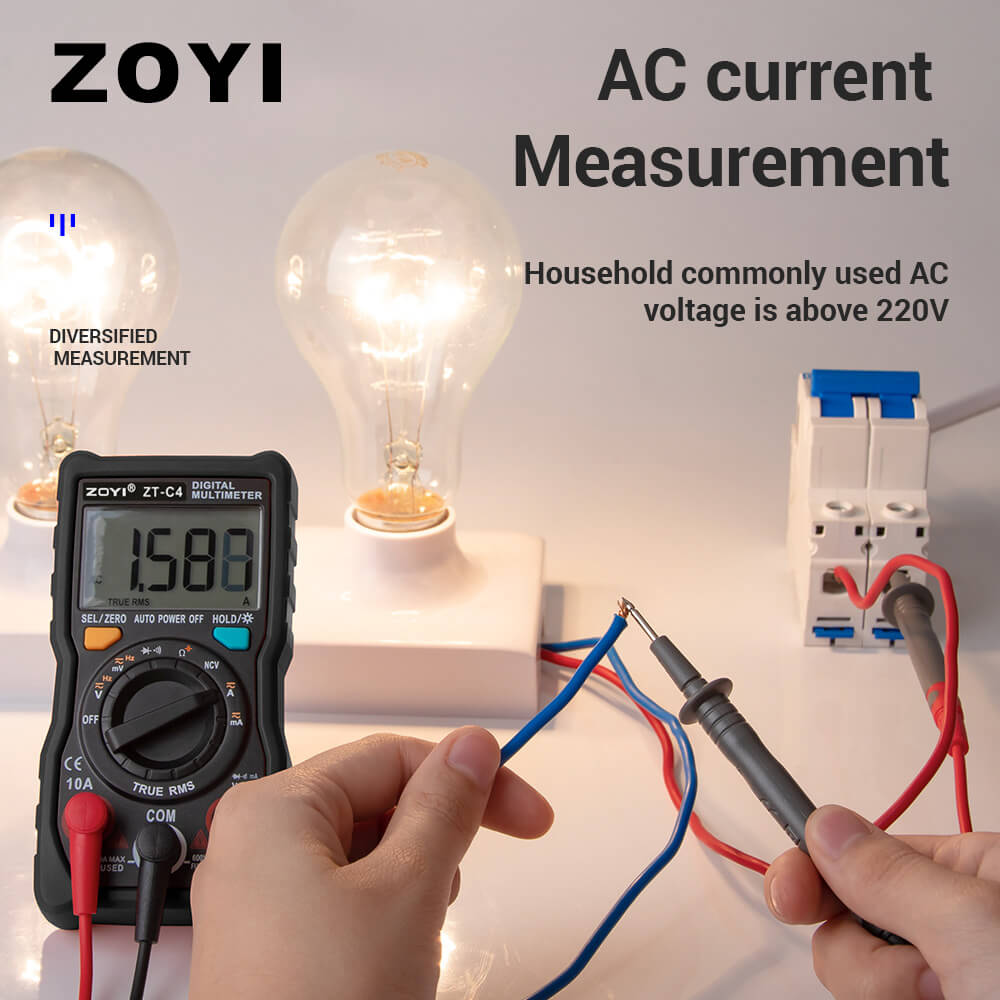How are advancements in technology transforming the way we use digital multimeters? What innovative features should we anticipate in the upcoming years? As a veteran in the electronic measurement devices sector, we’re keen on exploring these queries and more, diving deep into the future of digital multimeter technology.
Digital multimeters (DMMs), the unsung heroes of the electronic measurement world, have come a long way since their inception. Today, they are a crucial part of every professional’s toolkit, enabling accurate readings and troubleshooting of various electrical issues. With technology evolving at a rapid pace, DMMs are poised to become smarter, more intuitive, and more versatile than ever before.
But what exactly does this future look like? Buckle up as we embark on a journey through the top eight trends shaping the future of digital multimeter technology.
How is Connectivity Enhancing Digital Multimeters?
One of the most significant advancements in digital multimeter technology is the integration of connectivity. Modern DMMs can now connect to smartphones and computers via Bluetooth or Wi-Fi, offering remote monitoring and control. This not only improves convenience but also provides a safer environment for the user by allowing electrical measurements from a distance.

Will IoT Integration Become a Standard?
Internet of Things (IoT) integration is another exciting trend in the multimeter industry. IoT-enabled multimeters can connect to other devices, networks, and even cloud-based platforms, allowing for remote monitoring and data analysis.

Is There a Role for AI and Machine Learning in Digital Multimeters?
With the advent of Artificial Intelligence (AI) and Machine Learning (ML), digital multimeters are becoming smarter. These technologies enable DMMs to automatically adjust parameters, predict potential issues, and even suggest troubleshooting steps based on historical data. This move towards more autonomous and intelligent devices will dramatically enhance their utility and efficiency in the field. Researchers at MIT, for example, have developed a machine-learning system that uses computer vision to monitor the manufacturing process and correct errors in real-time. This AI-powered system has demonstrated improved accuracy and adaptability in 3D printing applications, which may have implications for other digital manufacturing processes, including the use of digital multimeters.

How are Digital Multimeters Becoming More User-Friendly?
In the spirit of making technology more accessible, there’s a trend toward more user-friendly interfaces in digital multimeters. Think intuitive displays, easy-to-navigate menus, and on-screen help that guides users through measurements. This focus on user experience will make these tools more approachable to beginners while still retaining the advanced features that professionals require.

What’s the Impact of Miniaturization on Digital Multimeters?
As with many electronic devices, miniaturization is a key trend in the evolution of digital multimeters. The demand for compact, lightweight, and portable DMMs is on the rise, especially for field engineers and technicians who need to carry tools around. This trend towards smaller, more ergonomic designs doesn’t compromise on functionality, ensuring that these devices continue to deliver accurate and reliable measurements.

How is Sustainability Influencing Digital Multimeter Design?
As businesses worldwide strive to become more sustainable, the design and manufacture of digital multimeters are also becoming more environmentally conscious. This includes using recycled materials, developing energy-efficient designs, and offering repair services to prolong the lifespan of the devices. In an age where sustainability is no longer an option but a necessity, these steps are crucial in shaping the future of digital multimeter technology.
Which regions are using digital multimeters more in the future?
Significant growth in the digital multimeter market is expected in regions like North America, Asia Pacific, and Europe due to factors like the increase in electrical industries, the availability of raw materials, and low labor costs. The adoption of better technology for precise results and technological developments in the electrical industries are also driving growth in regions like Latin America and the Middle East & Africa.

Which industries will use digital multimeters more often in the future?
The digital multimeter market is segmented based on application into categories such as medical equipment, automotive, consumer electronics, and energy devices. The automotive segment is predicted to experience substantial growth due to an increase in the use of electric vehicles and the deployment of advanced transport facilities.

Conclusion
The future of digital multimeters looks bright, with several exciting trends on the horizon. As we journey into this future, it’s important to remember that the essence of digital multimeters will always remain the same: to provide accurate, reliable, and practical solutions for various electrical measurement needs. The advancement in technology will simply make these devices even more valuable and versatile tools in our toolkit.

